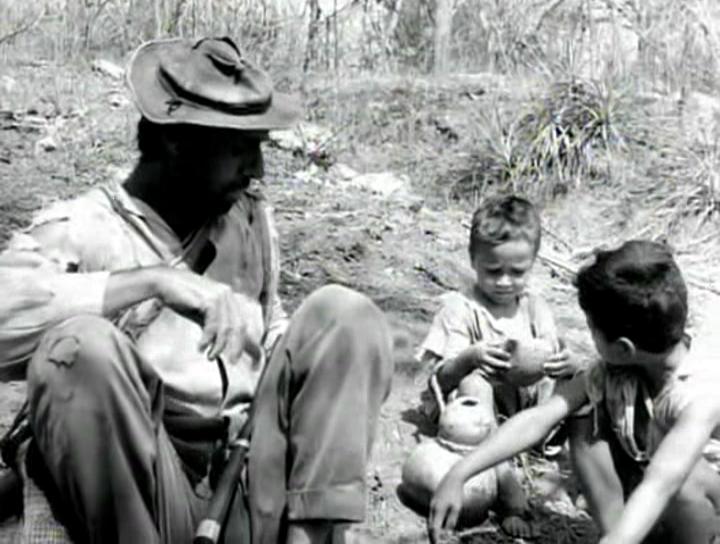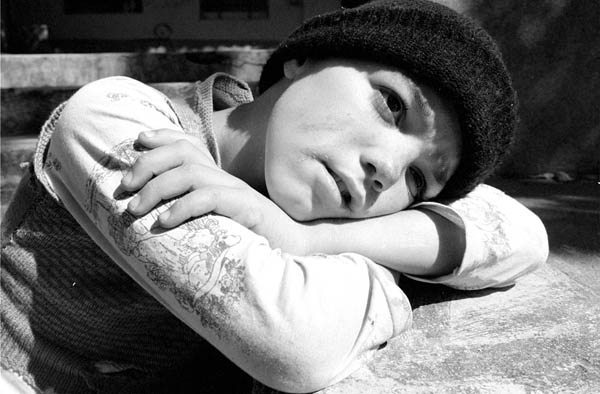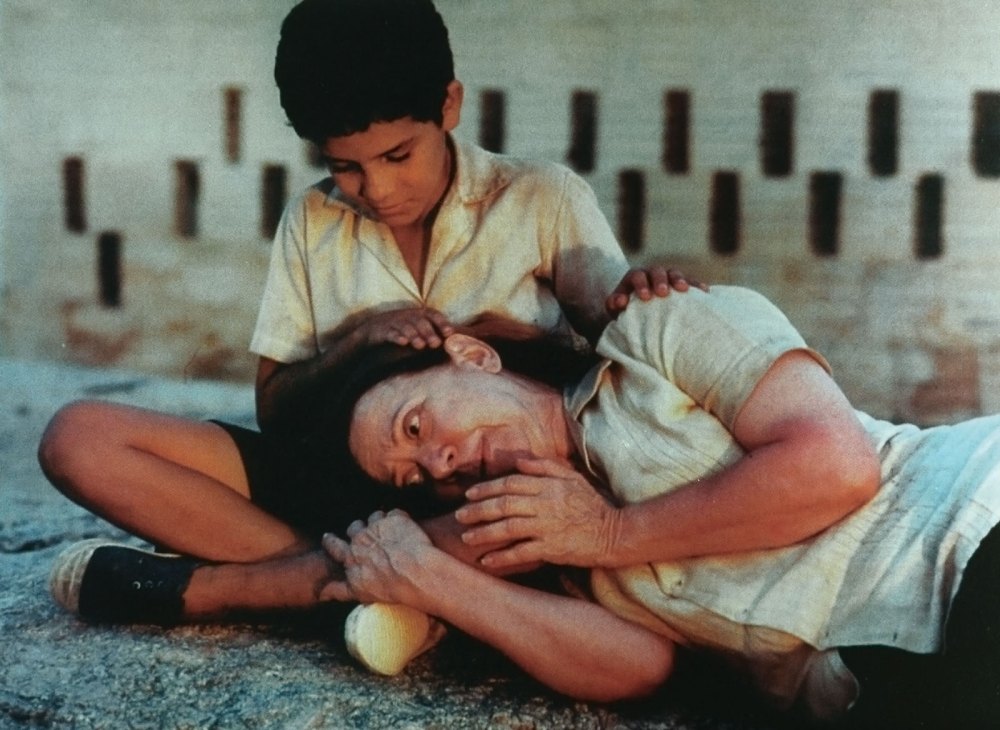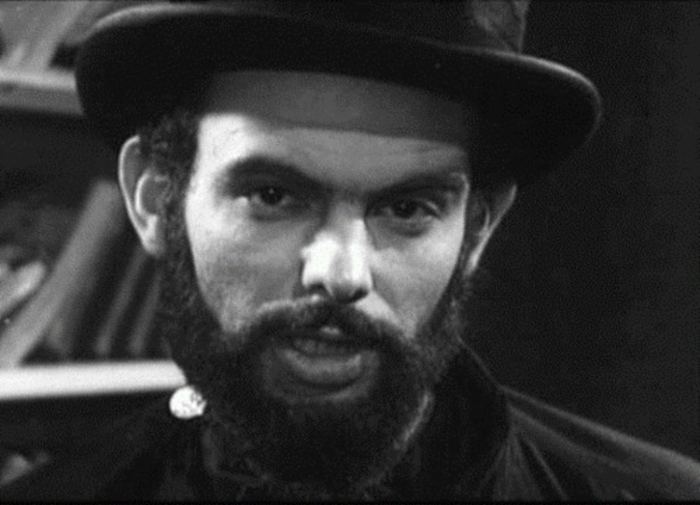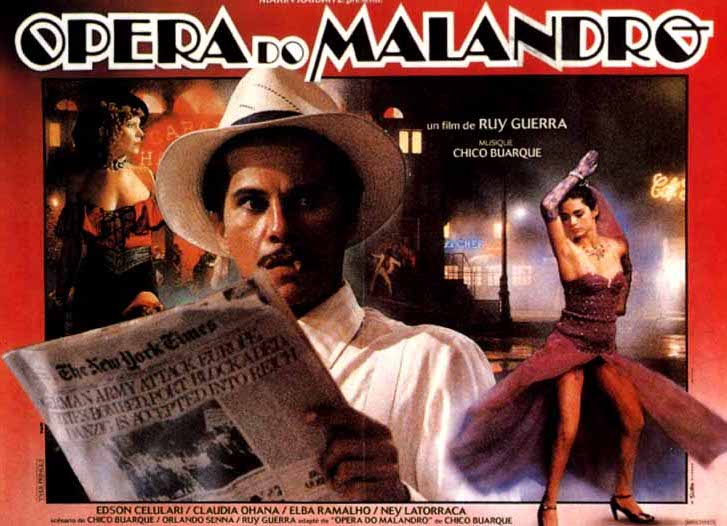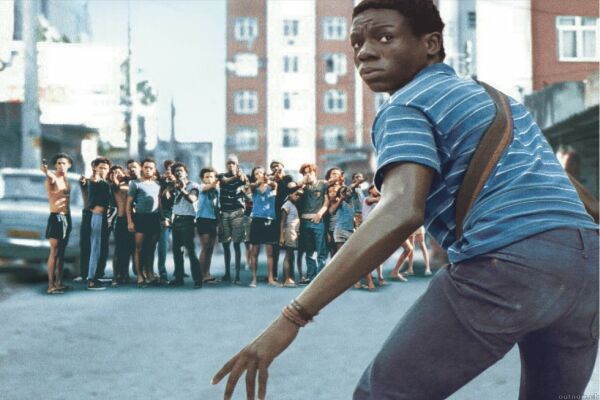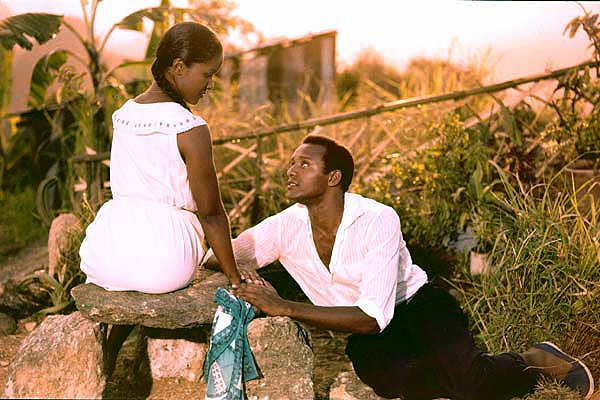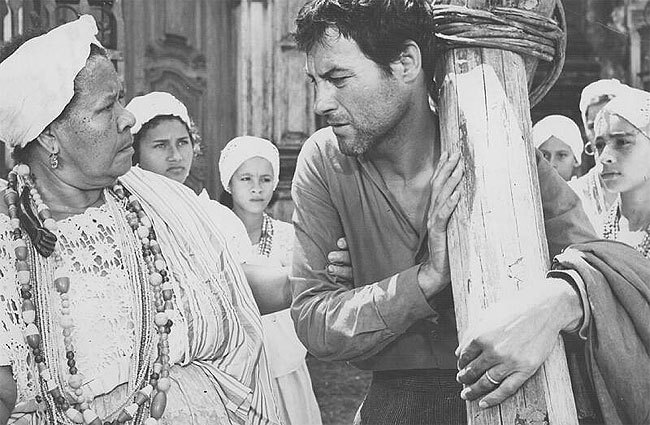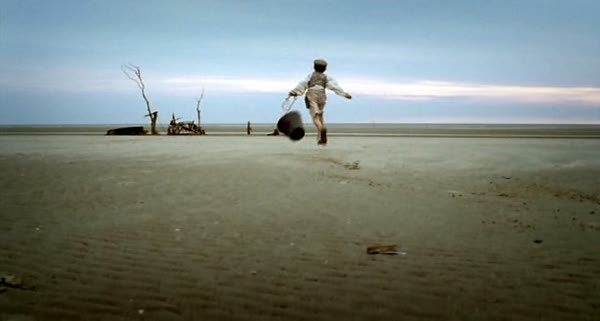
Mini-Review Round-Up September 2012
I had quite a review drought to end 2011 so I think the remedy for this kind of post would be to have the post be cumulative monthly. Therefore, after each qualifying film a short write-up will be added to the monthly post. The mini-reviews will be used to discuss Netflix and other home video screenings. Theatrical releases will get full reviews, or another kind of write-up as per my recent shift in focus.
For a guide to what scores mean go here.
Note: Apologies for this post being late. Also, I am weighing what a cut-off should be for films that have has no US release date past. As for now they are all eligible. Some films viewed last month are listed here instead.
[REC] 3: Genesis
This is a prime example of having to go where the movie takes you and not judging it based on what you wanted or expected it to be. I have already expressed how much I love what [REC] 2 did for that series. When you hear that this one is going to be a prequel you assume, “Great, it’ll be about the patient zero.” The connection is more tenuous than that. However, what you do get in this [REC] tale is humor, great horror, action, effects and gore and more theological blanks filled in than before. Whether or not part 4 can, and will, be the conclusion this series needs/deserves remains to be seen, but this film is what it wants to be: a very strong, fairly stand-alone piece that contributes to a larger narrative.
8/10
Spud
This is a South African film of some acclaim, which I sought a foreign region DVD of since its US distribution is more doubtful the further from its initial domestic release we get. Spud was nominated for six South African Film and Television Awards (the foreign award is something I may touch upon in November) and an adaptation of a famous novel series. The film stars Troye Sivan (most well known from YouTube or Wolverine) and John Cleese. The film sets as a backdrop the momentous events of 1990 and the release of Nelson Mandela, but what it focuses mainly on is a funny, occasionally touching, tale that’s a dawn of awareness, and coming out of one’s shell. It’s an appropriately episodic tale, that moves well for the most part and features great, surprising and fitting songs as well.
7/10
V/H/S
Yes, any anthology film by its very nature will have its ups and downs. You as a viewer will connect more with one piece or another, one section or another will be more well-executed or intriguing, especially if there are different writer(s) and/or director(s) handling each portion. This year I’ve taken to watching a lot more anthologies, which proliferate in horror more so than most genres. It has moments which are few and far between, set-ups are too long making it structurally askew in segments and in toto, acting is scarce; the frame of the story is fairly poor. This dereliction of pace and structure makes the two hour total running time seem nearly double that.
For a frame of reference here are brief comparisons to other anthologies so you know where I’m coming from: From a Whisper to a Scream has a stand-out segment, this does not; Creepshow has a brilliant frame, this does not. V/H/S seems to seek a unified tonality and aesthetic that it doesn’t quite achieve, Tales from the Hood does. Theatre Bizarre is wildly inconsistent, this is fairly consistent in its terribleness.
1/10
Amors Baller
Perhaps the most interesting thing about Amors Baller, aside from the way that it handles the Swedish/Norwiegian dynamic, is that it puts football (soccer) out front as the key to a boy (Kåre Hedebrant, Let the Right One In) winning over his new crush. While the junior tournament plays a major part, it’s a setting that doesn’t take up as much screentime and the results doesn’t factor in as much towards the end as you might expect. It ends up being more about relationships and friendship. It’s a funny, heartfelt and quick-moving film.
7/10
The Hidden Face
What is most interesting about The Hidden Face is what it does structurally. There’s an inventiveness to a surprising revelation made that allows for it to play with perspective and narrative point-of-view in very creative ways. There is a bit of steam it loses in trying to amplify every single odd moment that needs clarifying after the break, but it remains a very haunting, odd and twisted horror tale. It’s one that is definitely worth seeking out.
7/10
Nimmermeer
One of my first thoughts upon seeing Nimmermeer was how is Toke Constantin Hebbeln, the director of this film, a name I only now have just heard. Now, granted since this 2006 hour-long film he’s made other shorts and just last month released a feature called Shores of Hope in Germany. Regardless, it’s not only the narrative but the cinematography, the staging and the penetrating emotion of this film, which oozes magical realism, that really makes it standout. It’s told like a fairy tale replete with narration but in a context that is very real and immediate. Odd things happen and are not explained away. The story is what it is and it’s at the service of its protagonist and its audience in dramatically, beautifully rendering its message. Leonard Proxauf, who later starred in The White Ribbon, is great in this film.
10/10
Penumbra
What Penumbra attempts to do is something I can definitely appreciate. How it goes about trying to do it is what I really have a problem with. It overplays its hand in some regards and is a bit too broad in the portrayal of its protagonist, her dialogue a bit too blunt; not to mention the scenes that set-up the gotcha ending that only play more annoyingly once everything is revealed. It’s an interesting examination of the Spanish-Argentine dynamic but many other recent co-productions layer horror, colonial antagonism and modern Latin America’s socioeconomic climate better than this does, combine that with its failings as a horror film and it becomes quite bothersome indeed.
4/10
Vorstadtkrokodile 2 and Vorstadtkrokodile 3: Freunde Fur Immer
Perhaps one of the most interesting things that one can start learning or realizing when you obtain films from other regions is that various film industries world-wide are not too different from Hollywood, for better and worse. What we in the US get in art houses are the more erudite, obviously artistic films from overseas. If you look at trades when they report on international bureaucratic/business-related controversies art versus commerce comes up. Essentially, we get the independents from overseas. Next time you watch a foreign film pay attention to the credits and see how many production companies, governmental agency logos and other corporate logos pop up in the opening credits. But the major studios have presences overseas, and even without that each country has its own brand of genre cinema, which is generally made for domestic consumption. Subtitles aren’t found on all foreign-made DVDs and many times only languages of neighboring nations apply.
However, globalization is here and many films are seeking to attain some popularity in the home video market abroad by including more and more subtitles.
Which brings me around to the Vorstadtkrokodile movies. Or as they’re called in English The Crocodiles.
This version is a recent German trilogy based on a popular children’s novel, which I believe was even translated to English at one point. Not unlike American trilogies this series raced to the multiplexes with releases in 2009, 2010 and 2011. Such that the second installment feels a little flimsy and all over the place. There’s some cool fantasy elements, some good jokes but the characters seem to be in stasis. Also similar to American movies, a musician-turned-actor is in the mix; Fabi Halbig drummer from the popular band Killerpilze was recruited to play one of the main roles. Also, not unlike American films Nick Romeo Reimann, one of the latter additions to Die Wilden Kerle (The Wild Soccer Bunch) goes immediately from that series and takes the lead in this film.
Now, all that commentary may sound cynical but they’re just facts. What occurs in the third film is a very pleasant surprise. The story is far more unified. It starts light and frivolous and gets serious. There’s great comic relief and it connects back to the first film. It closes a circle and consciously concludes the series. Just taking a few series by example at the very least these series come fast and furious and know when it’s time to close. It’s a warm and heartfelt conclusion that takes some outlandish plotlines to real and honest places emotionally and give the trilogy great closure.
Reimann, now moving on to other projects, seems destined to continue finding work and may even transition seamlessly into adult roles. It’s a bit early yet, but considering his steady participation in two series, totaling six films, with increased emotional demands in each successive film; drawing a parallel between him and Daniel Radcliffe is not far-fetched.
4/10 and 8/10
Pan Negro

Francesc Colomer in Black Bread (Massa d’Or Produccions) Spains Official Selection not yet distributed in the US.
This was a film that featured previously on The Movie Rat during last year’s post about the Oscar Foreign Film Submission Process. It was a gutsy choice to submit this film over the likes of Almodovar’s The Skin I Live In, but I applaud gutsy choices such as Dogtooth. That and the fact that Villaronga is a director I’ve seen and like previously made me intrigued by this film.
One thing that’s a double-edged sword about it being Spain’s submission last year is its indigenous nature. It’s a film set in the the Catalan region and deals greatly with the Spanish Civil War and the aftermath thereof. It layers in horror elements, legend, drama, politics and coming-of-age with deft and not much bluntness. One’s familiarity with the vaguest aspects of the conflict will be aided greatly in viewing it.
The story divides itself neatly and the section whose title alludes to a later scene is the strongest.
7/10
Asterix and the Vikings
This is a movie that I have a rather unusual relationship with. I actually didn’t know about this fairly recent animated rendition of Asterix until I was in Orlando earlier this year. In Epcot, there was a book of the film and I got it. The book renders the movie fairly well and considering that I as a fan of Asterix was fairly disappointed in the live-action version I was excited.
What it really goes to show is that putting production elements in place: music, dialogue, voice actors, the different animation techniques and effects employed made the movie so much more immersive than I imagined. From the book it seemed like standard fare: fun bordering on cute. The film that the book represents is a very fully realized version of the tale and is highly recommended to fans of this beloved character.
10/10
![[REC] 3 (2012, Magnet Releasing)](https://themovierat.files.wordpress.com/2012/10/rec3.jpg?w=1000)









